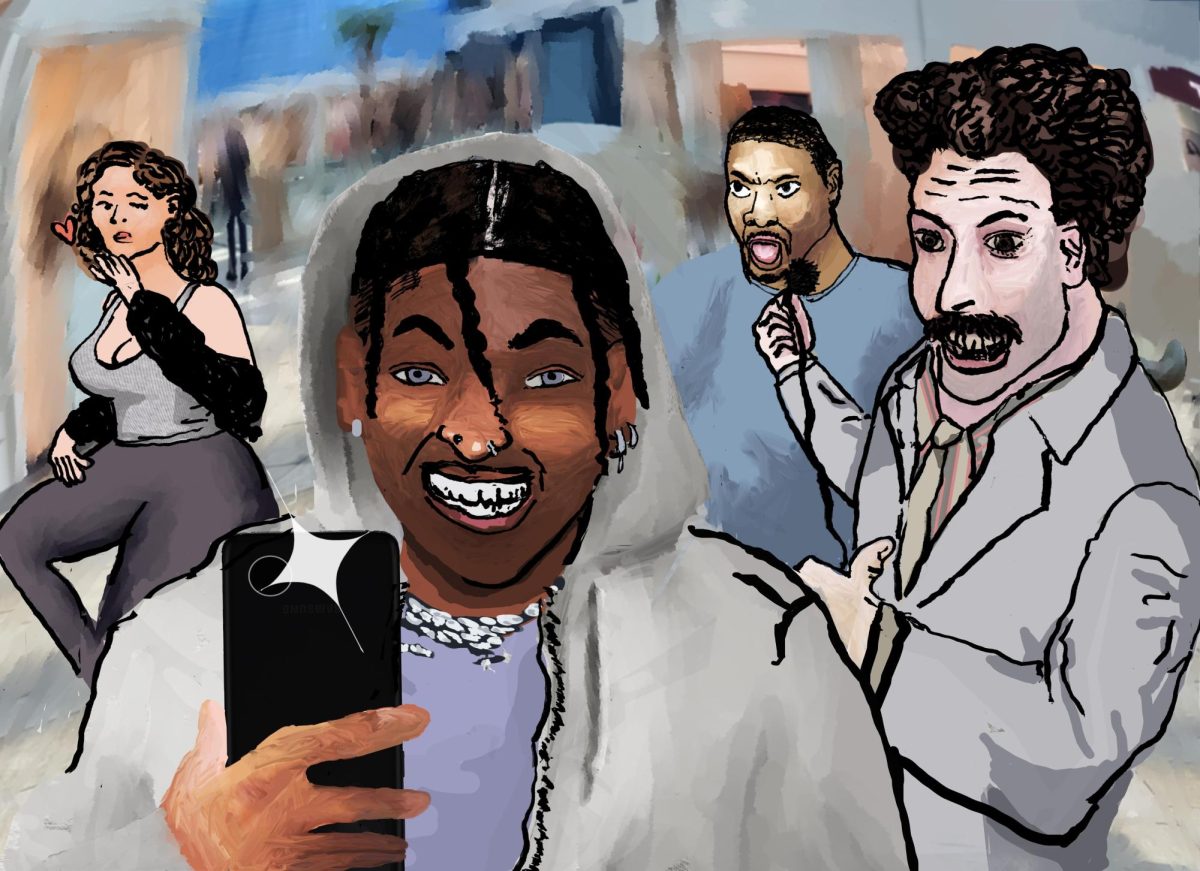Timeliness played a large issue in the campus alerts sent out on Tuesday regarding a suspected gunman on campus.
Just recently, in July, a gunman went into a camp in Norway and shot and killed scores of people within only an hour’s time. It took longer than this brief period to inform CSUN students of the incident involving a suspected gunman on campus.
If the situation were to be a serious threat and the suspected gunman were planning on shooting students or faculty, he could have already gotten to a large number of people before the community was even aware of what was going on.
The alert said that the police first received information at 10:27 a.m. and wasn’t sent to students until 11:50 a.m.
The procedure for campus alerts is written in the Clery Report. Although it does not give a specified amount of time in which an alert must be posted, it states:
“The purpose of a timely advisory is to alert the campus community to the occurrence of a crime that poses an ongoing threat to the campus community and/or to heighten safety awareness of students and employees in a manner that will aid in the prevention of similar crimes. In certain situations, the Chief of Police (or her designee in her absence) will make a decision, in consultation with other administrative personnel as needed, whether to disclose the incident through a public notice to the community via print and electronic means.”
Though officials may have held off sending the alert to check for the warning’s accuracy, it’s better to be safe than sorry and alert the campus before it’s too late.
The massacre at Virginia Tech in 2007 involved a student, Seung-Hui Cho, shooting dozens of people at his college. Though the police did issue a warning, it was sent through email, not the fastest way of communication, and not until several hours after threats of a gunman and several victims were already dead.
A similar event at the University of Texas last year ended in a death of the suspect, however, no students were injured. The incident first began shortly after 8 a.m., according to the Daily Texan, and the first emergency text messages were sent at 8:23 a.m.
Family Consumer Sciences major Daniel Millman said he wasn’t surprised or bothered by the late arrival of the alerts.
“I’m okay with it,” he said. “I’m sure it took a while to investigate it and see how true the threat was and who the sources were. It probably took a while to see if it was real.”
Millman added that the threats could have been made to police out of reluctance to take a test or something similar to get out of class. “If it was a more serious threat, we wouldn’t be here after what happened at Virginia Tech,” he said.
Considering the fate of students at other Universies with analagous incidents, it would have been worth it to warn the students earlier.
Public Health major Cindy Cruz said that although she didn’t arrive to campus until 3:30 p.m., she read the updates on her phone through email.
“I think we should be notified right when it happens because for me, it’s important to know what’s going on,” she said.





